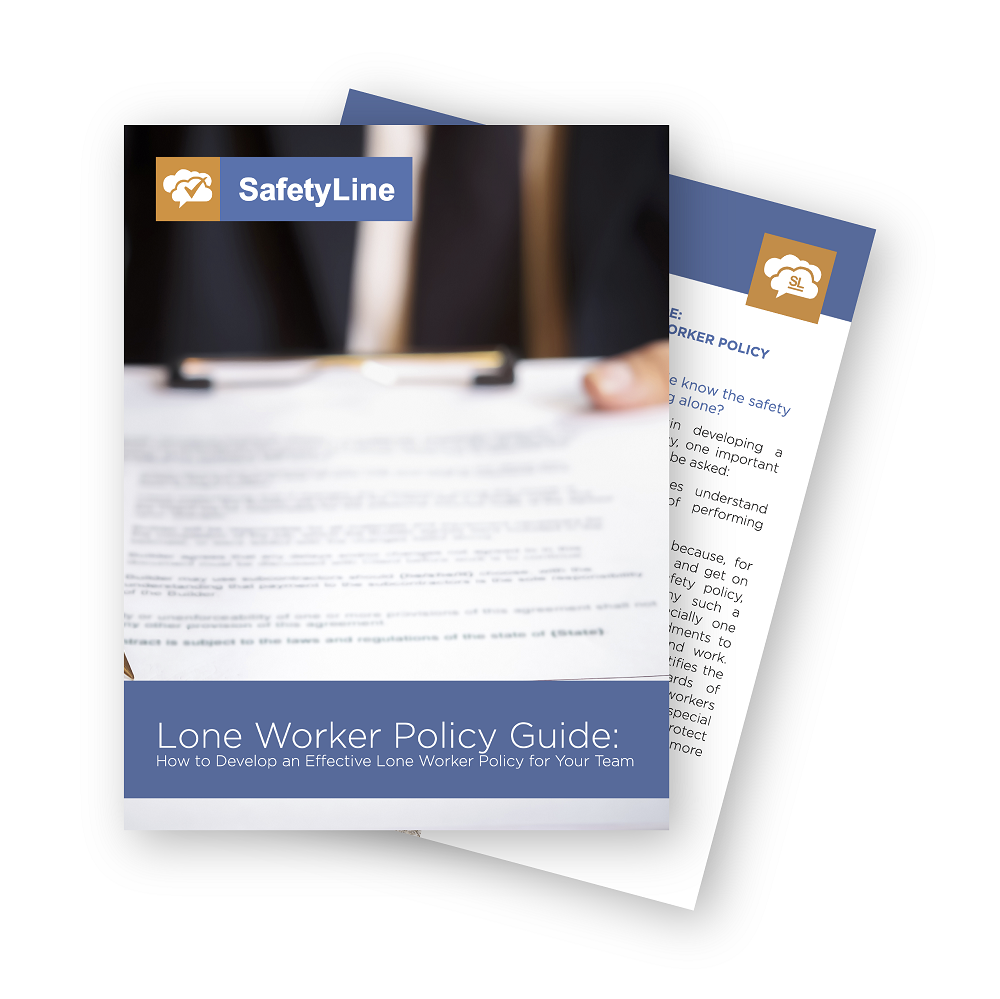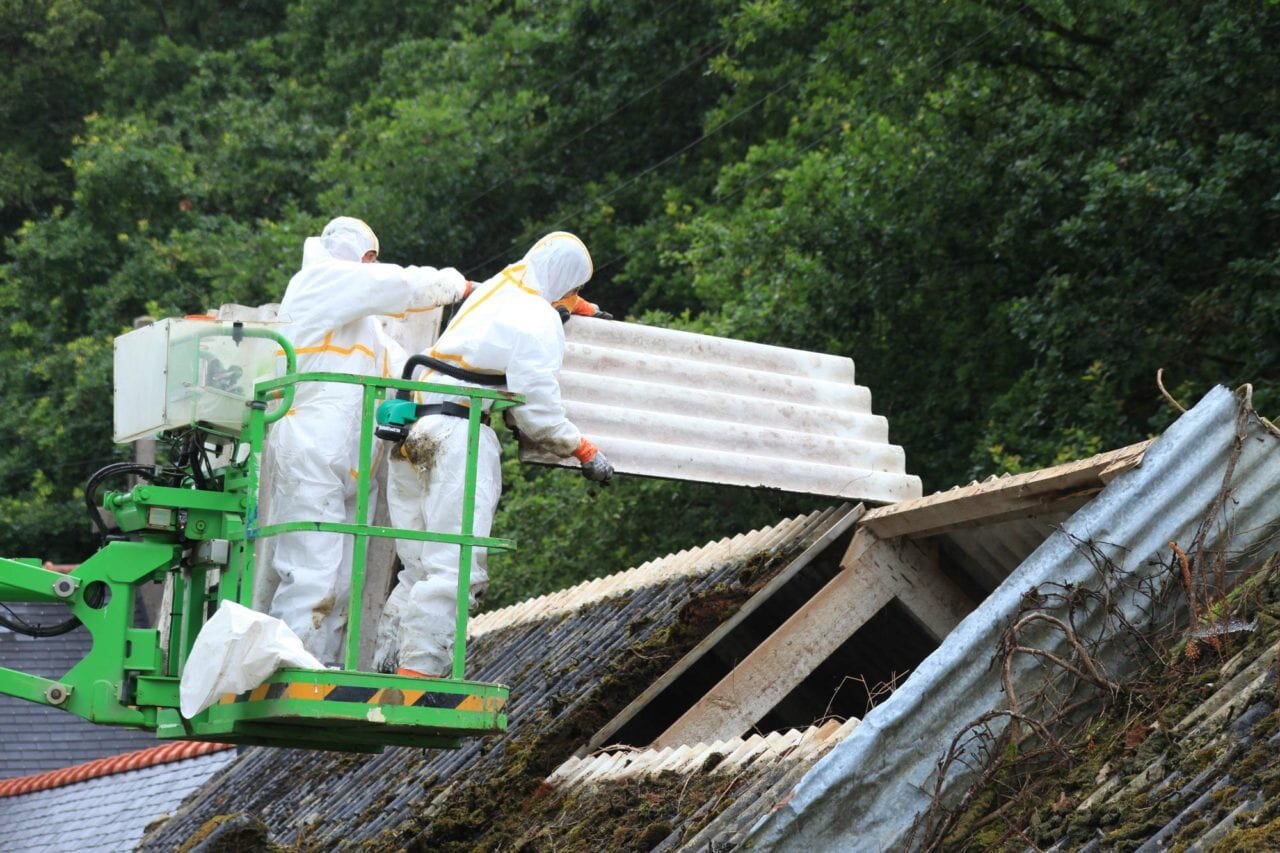Featured Resources
Lone Worker Policy Guide and Template
A lone worker policy is an effective way to ensure that your lone workers are well-educated on your company’s work-alone rules and have extensive knowledge of all workplace hazards that could be encountered on the job.
Hazard Assessment Guide
In the process of doing a hazard assessment for your workplace, it is almost a certainty you’ll learn information about the operational aspects of your organization you were unaware of before the assessment.
View eBook
Develop a Free Lone Worker Program for Small Teams
Developing a free lone worker check-in system is a simple process for small teams that any organization can implement.
View eBook
SafetyLine Blog Categories
General Safety | Lone Worker Safety | SafetyLine News and Updates | SafetyLine Product Updates | Compliance, Policy, and Regulations | Downloadable Resources |
How To Protect Your Employees Working From Home Alone During The Coronavirus Pandemic
With the COVID-19 virus spreading across the entire globe, more of your team members are going to have to work at home and in many cases, alone. But because you’re not sharing an office with these workers, it doesn’t mean that you can’t protect your team. Here are 5 tips…
The Importance of Self-Care When Social Distancing and Working From Home
When working from home, the line between your personal and professional life can become increasingly blurred, which can make it difficult to “turn off” and relax. To maintain your emotional and physical well-being while practicing social distancing, here are some tips to keep your two worlds balanced while working from home.
How to Successfully Manage Your Employees Working Remotely (Working from Home) During the Coronavirus
With today’s far-reaching technology and many online networks, it’s fairly easy to manage people working remotely. Here are some simple tips for doing so:
Always communicate with your team members
Whether it’s in an email, a text, or a quick phone or video call, make sure you communicate your expectations and work priorities clearly and regularly…
Working-from-home Tips During the Coronavirus from SafetyLine Lone Worker
On March 16, 2020, the provincial health officer of British Columbia, Dr. Bonnie Henry announced aggressive measures in response to the COVID-19 (coronavirus) pandemic, a growing number of business across British Columbia and the country of Canada are opting for working from home to help control the spread of the virus. Dr. Henry also said there were three deaths in BC (from an outbreak at a care home in North Vancouver), bringing the total number of nationwide deaths from the coronavirus to four. More alarmingly…
10 Reasons Why You Need a Lone Worker System
Occupational dangers aren’t always obvious. Protective equipment can help prevent minor injuries, but for complex hazards, any amount of equipment can be inadequate. In this list we’ll look at some of the most important reasons that a lone worker system is essential in the workplace.
Lone Worker Safety in the Oil & Gas Industry
Balancing lone worker safety and budget can seem like mixing oil and water, but it doesn't have to. In this article, we look at how oil and gas companies can keep their budget in check while keeping workers safe.
The 6 Categories of Lone Workers
Many companies don’t realize how many of their employees – whether on contract or work full-time – actually have some aspect of their job where they work alone. Working alone comes with it’s own unique set of hazards and challenges, so it’s important to be clear on the work alone definition and categories.
Due Diligence and Keeping Lone Workers Safe
Due diligence is the level of judgement, care, prudence, determination, and activity that a person would reasonably be expected to do under particular circumstances. Applied to occupational health and safety, due diligence means that employers must take all reasonable precautions, under the particular circumstances of every aspect of their business, to prevent injuries or accidents in the workplace.
Workplace Hazards Series: Biological Hazards
Anything that can cause harm to people, animals, or infectious plant materials can be considered a biological hazard. They exist in most workplaces that involve working around other people, unsanitary conditions, in labs, or in the environment.












